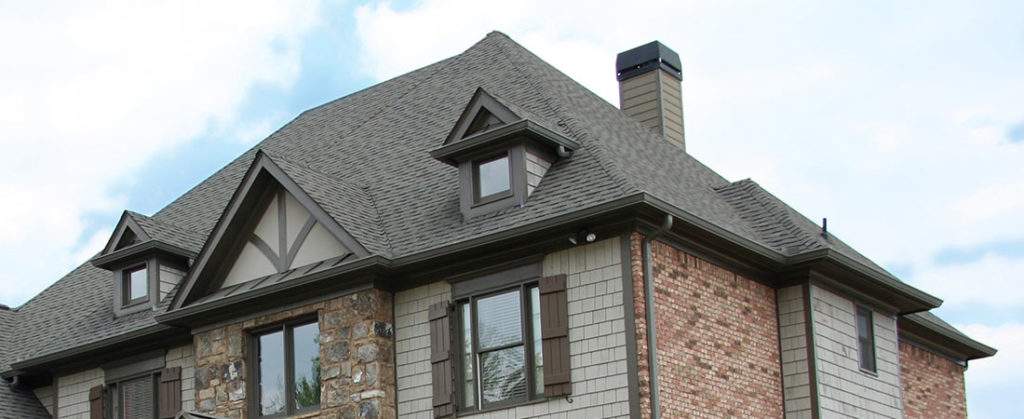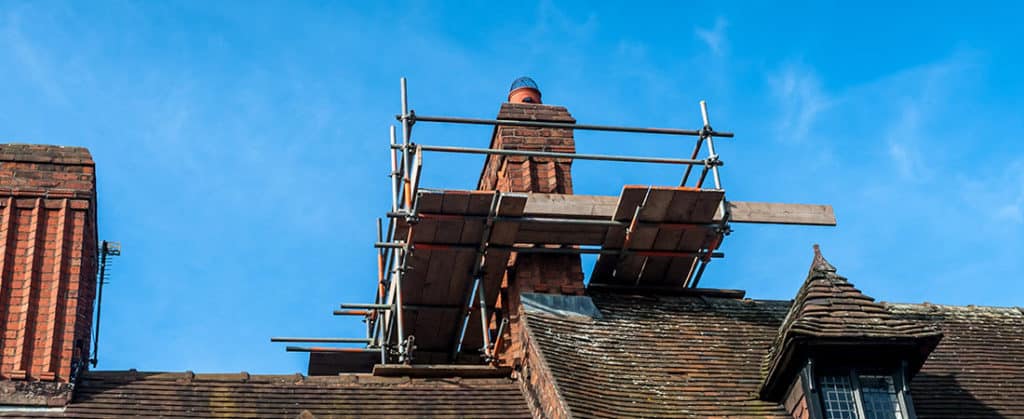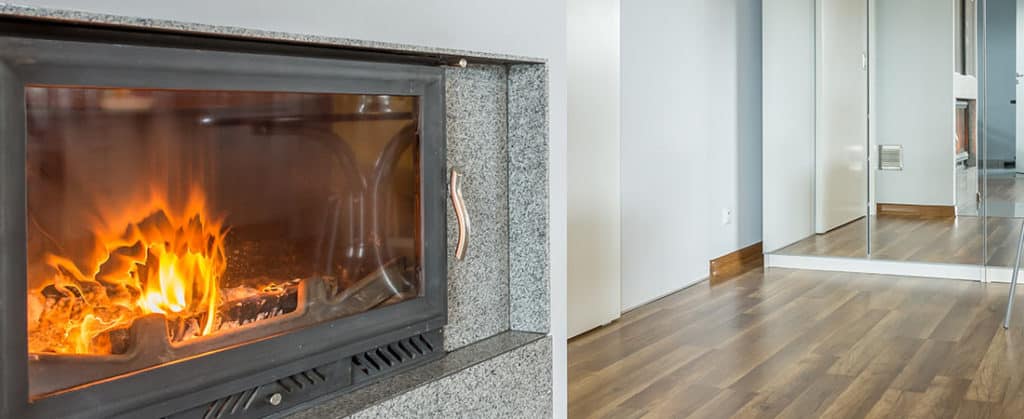Chimney deterioration is a diagnosis that no homeowner wants to hear. It normally means extensive repairs are necessary for safe function.
The lifespan of a chimney depends on the type, and how often it is used. It can be said that a chimney starts to deteriorate from the first time it will be used. Over time, you are going to use it more often, and if you maintain it well, it is going to affect the rate of deterioration. Regular chimney repair will lengthen the chimney’s life, and neglecting to do that leads to more rapid breakdown.
If you want to know the common causes of why chimneys deteriorate, read this article until the end.
Chimney is Leaking
You will not always see actual damage, but you will have a couple of clues. Depending on where the leak is, you might detect water spots on adjoining walls or ceilings. You could smell mildew or other odors after a rain, and check the condensation inside the firebox or even the dripping water sound.
The leakage can be continuous, at any point on your chimney route. It might involve shingles or roof damage, chimney flashing or mortar cracks, or masonry. Fixes might involve laying new flashing, re-shingling, chimney cap replacement, or masonry damage.
Movement
A slight movement of the foundation causes different degrees of damage. And strong winds can cause chimneys to shift.
Movement damage is caused by poor chimney footing in the construction. The footing should be made using concrete or stone with enough depth for a strong foundation that will last for decades. You should take advantage of chimney masonry repair and learn if the foundation of the chimney is as sturdy as it needs to be.
Creosote and Flue Obstruction Buildup
Creosote buildup is the reason why you want to try building small fires. They have less smoke and particulate emissions, which means there is less mess and hassle with the crud that is forming on your flue and fireplace interior walls and chimney.
Flue creosote can clog the chimney, which leads to exposure to carbon monoxide. The sooty collection can cause fires where you do not want them, and can even lead to releasing toxic fumes.
Faulty Construction
The chimney is not different from weather damage, and small cracks in the masonry allow water to seep in. This does not cause harm, but when the water inside thaws and freezes with atmospheric cycles, it leads to an expansion and contraction within your masonry. Over time, the inside of your chimney is going to deteriorate until it has fallen apart. This type of damage is hard to spot, and you can easily leave it alone for a while until it becomes a huge problem. In case you suspect that the chimney already suffered from water intrusion, you need to act right away and ask a chimney expert to assess it.
Weather Damage
Chimneys can withstand different kinds of weather, but over time, it is going to take a toll, especially with poor maintenance. Heavy and constant winds can cause chimney damage. When moisture becomes trapped in the mortar, and freezer during winter, it can cause spalling and cracks. If you ignore it, the repairs will become expensive. Driving rain gets into a chimney, and it causes metal components to rust.
These factors should affect your chimney early if you maintain it regularly. You can consider a video inspection of the interior. You are going to spend a little more, but the technician can have a closer look.
You can contact chimney relining Ellicott City anytime you want to have your chimney cleaned.



